This site is part of various affiliate programs. Links may give us a small compensation for any purchases you make, at no additional cost to you. Please read the disclaimer policy for full details.
When Kyocera bought Contax, they intended for Contax to be the premium and more expensive brand to compete with the Leicas of the time. They also needed a brand that would cater to budget-oriented photographers and the general public. That is where Yashica came in.
Yashica cameras were always known for their quality and reliability, and they often came at an affordable price. The Yashica T4 was intended to compete with the Contax T2 and T3 at a lower price, sacrificing the titanium for plastics.
All in all, the Yashica T4 is a great camera, with some compromises along the way that come with the lower price point. In fact, there are two variants of the T4: the regular T4 (slim T) and the T4 Super (T Proof). There are a couple of differences between them, but they are essentially the same camera.
Let’s dive into detail and see what the Yashica T4 can do and whether that is the right camera for you.
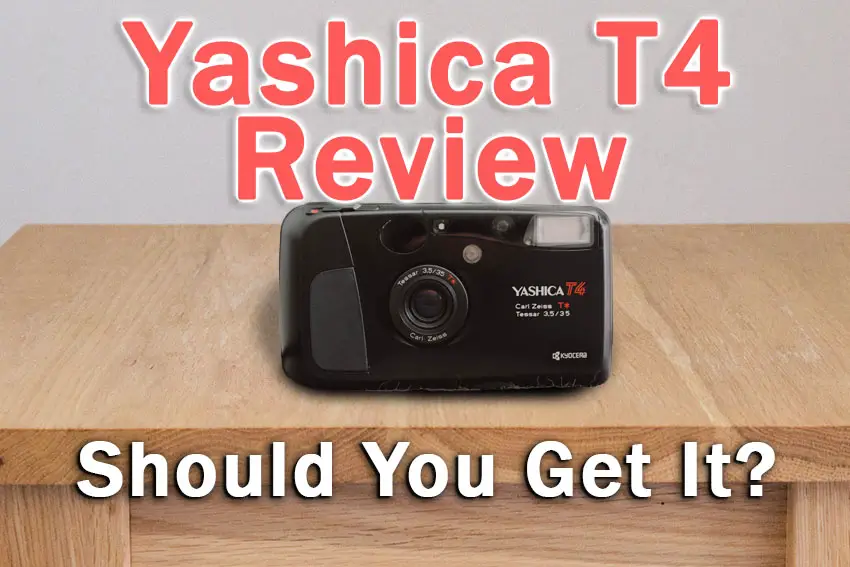
Yashica T4 Review
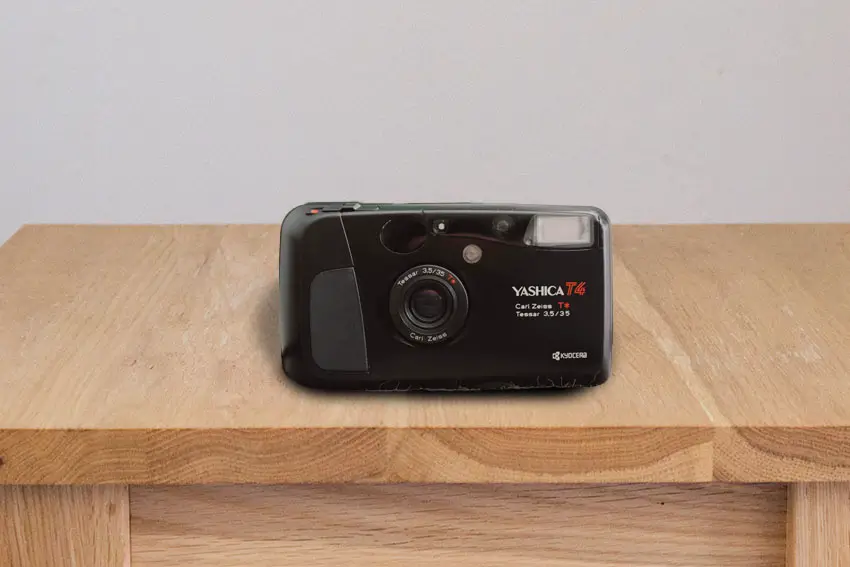
Features
- Film: 35mm, DX ISO 50-3200, Non-DX or outside of the 50-3200 defaults to ISO 100
- Lens: Carl Zeiss T* Tessar 35mm f/3.5
- Aperture Range: f/3.5 – f/16
- Shutter Speed: 1s – 1/700s
- Exposure Compensation: None.
- Size: 118×64.5×39.5mm
- Weight: 190g
The Yashica T4 is a Japanese plastic-built compact point-and-shoot camera featuring a fixed lens, autofocus, autoexposure, and weather sealing in the T4 Super variant. It produces very high-quality photos, and since it is cheap-ish(more on that later), you don’t have to worry about it too much.
It is a popular entry-level film camera because it does almost everything the Contax/Leicas point-and-shoots do but at a lower price with less (or no) manual control.

Lens Quality
When Kyocera purchased the Contax brand from Carl Zeiss, they also struck a deal with Carl Zeiss to produce lenses for them. That is why the Yashica T4 features a Carl Zeiss T* Tessar 35mm f/3.5 lens. Please make no mistake; even though it is not a Sonnar or a Planar, the Tessar lenses are still quite good. After all, they are made by Carl Zeiss.
Being the entry-level lineup of lenses, the Planar does feature a simple design with an f/3.5 aperture. But, the T* coatings translate to significant improvement in image quality.
The lens is sharp wide open, and it gets sharper as it closes down. There is some sharpness falloff towards the corners, but you should expect that from lenses this small and this old. Even today’s premium lenses lose sharpness towards the corners. It is a matter of physics mostly. You will also notice some vignetting around the corners, but again, nothing out of the ordinary.
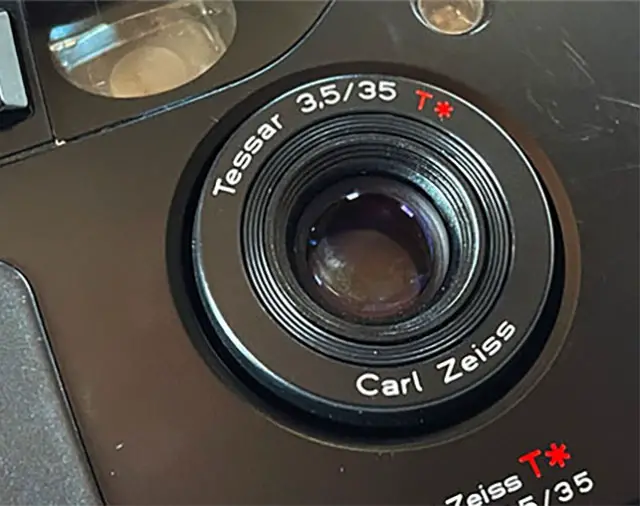
Some chromatic aberration is present, primarily visible towards the corners in high-contrast scenarios. But it is to be expected from a Tessar lens and that price point.
Flaring and ghosting are kept under control thanks to the T* coatings, and thanks to the same coatings, the color rendition is quite good too.
All in all, even though it is a Tessar lens with a maximum aperture of f/3.5, it still produces great images with great color rendition.
Autofocus
Even though Kyocera intended the Yashica to be a budget-oriented camera, they decided to include autofocus in the Yashica T lineup. With the T4 and T4 Super, you get an active IR autofocus system similar to the Contax T2.
The IR autofocus system shines an IR light toward the subject, and then a sensor measures how long it takes for the reflected light to reach the camera. The camera then uses that time delay to calculate the distance to the subject, and the camera positions the lens to that set distance.
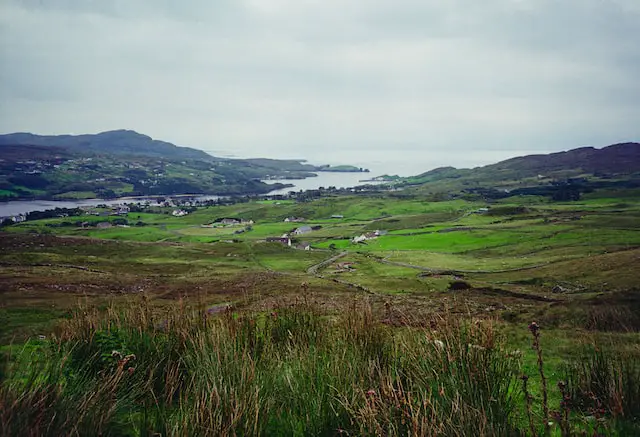
Even though it is pretty rudimentary by today’s standards, this type of autofocus system works surprisingly well. It can get confusing when there is a lot of IR light around the camera, like from old and bright tungsten lights, but luckily nowadays, most of the lights around us are LED, and they don’t emit as much IR light.
You do have a focus lock, so you can focus and recompose if necessary, which is great.
Sadly, there is no manual focus available with this camera.
In short, you’ll be getting a rudimentary but effective active IR autofocus system without the capability of manual focus.
Shooting Modes and Usability
Unlike the Contax line, the Yashica T4 allows little to no manual control over the function of the camera. There is no aperture priority mode, nor is there exposure compensation, which means that exposure-wise, it is all up to the camera.
What you can control is the flash mode. Meaning that you can either set the flash to off, auto, red-eye reduction, always on, fill flash, or landscape mode.
Auto and red-eye reduction modes work similarly, but the way the flash fires in both modes is a bit different. In the second case, the flash pulses to reduce the red-eye look. But the camera chooses the flash power.
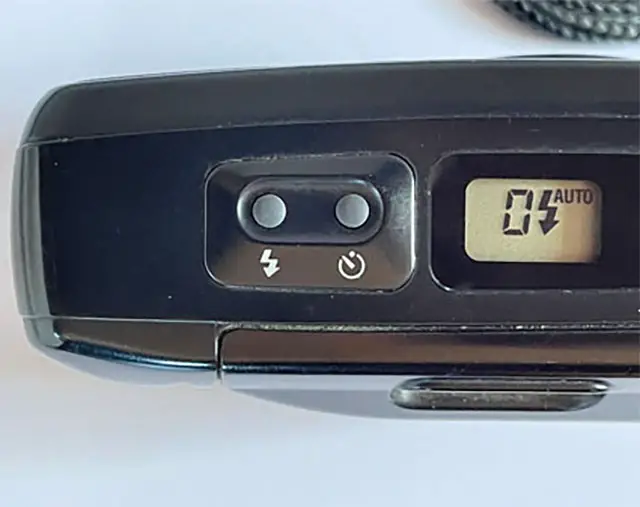
If you set the flash to Fill, then the camera tries to gather as much ambient light as possible and fill the rest with the flash. If you need to use flash, this will provide the best and the most natural-looking results.
Landscape mode turns off the flash and assumes the camera is on a tripod, managing the settings to gather as much light as possible.
There is a self-timer if you ever need it.
In summary, the Yashica T4 is a fully automatic camera; the only thing you can control is the flash mode. On the other hand, the camera still controls the flash power.
Viewfinder
The Yashica T4 has a decent viewfinder with blinking LED lights to provide different information snippets to the user.
Kyocera used the green LED to indicate focus. If it blinks, the camera tries to achieve focus. When it shines constantly, the camera is in focus, and you are ready to shoot.
The Red LED shines when the flash is about to fire if you have the flash turned on. If the flash is off or the camera is in landscape mode, when the Red LED shines, that indicates the shutter speed is slow, and there is a possibility of camera shake-induced motion blur. If it blinks, that means the flash is recharging.
The Yashica T4 Super has a second viewfinder called the Superscope. It is located on top of the camera, which allows you to shoot waist-level shots and use the Superscope to compose your shots. That also makes ground-level shots to be done without you having to lie down on the ground in order to see through the viewfinder.
All in all, the Yashica T4 has a decent and simple viewfinder with two LEDs indicating focus and flash. The Yashica T4 Super has an additional viewfinder called the Superscope, allowing you to see your composition from the top of the camera.
Film and Battery
Being a fully automatic electronic camera means that you need to power it somehow. The camera runs on a CR123A battery. It is less common than AA or AAA batteries, but you can find it in an electronics store or order it via Amazon. One battery will last you around 20 rolls of 24-exposure film if you use flash about 50% of the time. If you don’t use flash, it should last more than that.
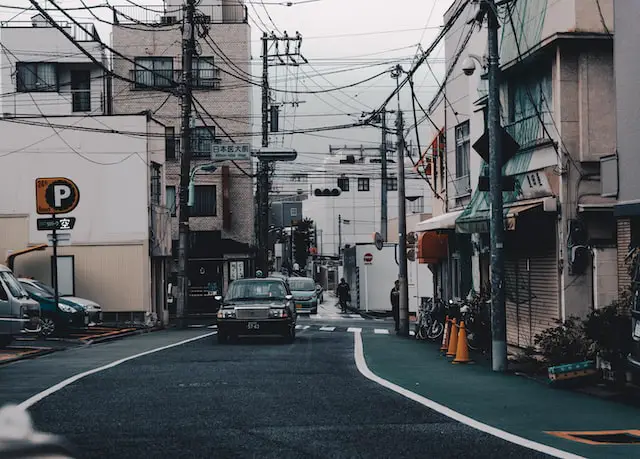
The camera has mechanisms for everything related to loading, advancing, and rewinding the film. In other words, it has a loading and an auto-winding mechanism to the first frame. It will auto-advance the film and auto-rewind the film, even mid-roll.
The Yashica T4 supports 35mm DX film with ISO values between 50 and 3200. It will default to ISO 100 for films that are outside the supported DX range or non-DX films.
In short, you’ll need a CR123A battery to power the camera. It will read the most common DX film speeds. Otherwise, it will default to ISO100. It has all the mechanisms for automatically advancing and winding/rewinding film, which will make your life easier.
Style and Design
The aesthetical design of the camera, both the T4 and the T4 Super, is plainly average. If you toss it among devices made in the 1990s, it won’t stand out in any meaningful way.
It is a plastic blob with text brightly printed on it. The color will differ depending on whether you go for the T4 or the T4 Super. The T4 is simply black, while the T4 super has a silver/champagne kind of color.

Both the T4 and the T4 Super look similar. However, due to the Superscope on the T4 Super, the buttons on the top have been repositioned. The power-on button is a bit differently shaped in both cameras, though it is in the same place. Otherwise, the shape is pretty much the same.
Because it is made from plastic, it can take some damage and doesn’t break easily. Plastic is known for absorbing impact at the cost of battle scars. That being said, it isn’t as rugged as the more expensive titanium-made Contax cameras. The advantage of the plastic build is that it is light.
The camera fits well in hand, though some users might find it slippery.
Moreover, the T4 Super is weather sealed, while the T4 isn’t. Being weather-sealed means that it can take some rain, but it is not waterproof. Also, it is a 30-year-old camera, so the gaskets might not be in the best condition. So, your mileage may vary.
All in all, the T4/T4 Super is an unimpressive plastic blob-shaped camera that is light and fits well in hand. The T4 Super is weather sealed, while the T4 is not.
Price
Due to the hype around Contax and the celebrities that sport compact film cameras for “aesthetic” purposes, the stock of Yashica, Contax, and similar point-and-shoots has been diminishing quickly. With that, the prices have skyrocketed.
The Yashica T4 was popularised by the fashion photo grapher Terry Richardson, but luckily, the hype is now starting to wear out, and the prices are slowly starting to return to normal. However, at the moment, the prices still have a long way to go, so a mint condition Yashica T4 will set you back $550, while a mint condition Yashica T4 Super will set you back $650.
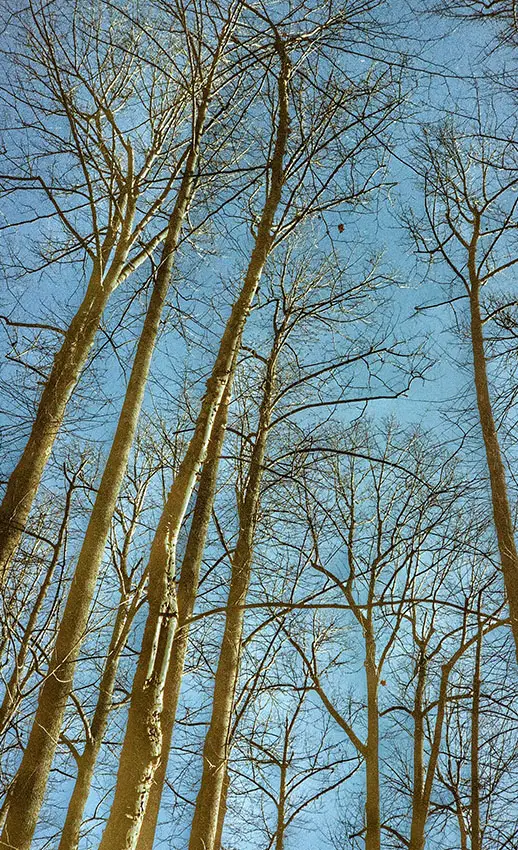
Should you buy it now? If you have money to burn, sure. If not, it is wise to wait a couple of months for the market to stabilize. You’ll probably be able to pick one of these cameras for half the current price.
We would only advise purchasing cameras like this in Mint condition, and you should avoid cameras that haven’t been tested. After all, they are three decades old electronics, and there is no guarantee that every capacitor or moving part works properly.
In short, the current hype around compact film cameras affected the prices of these cameras, pushing them towards $550 for the T4 and $650 for the T4 Super. But as the hype dies down, the prices will stabilize. If you can hold off for a couple of months, you’ll most likely get any of these cameras for less than they are currently priced.
Who is the Yashica T4/T4 Super for?
If you want to experience film photography but you are afraid of messing up the settings, then a full auto point-and-shoot camera with a great lens is a good place to start. The Yashica T4 or the Yashica T4 Super is a great starting point if you can wait a few months for the prices to return to normal.
Read More:
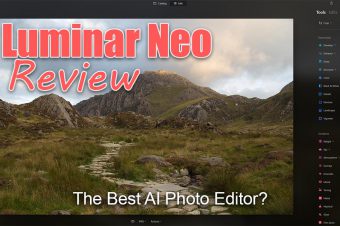
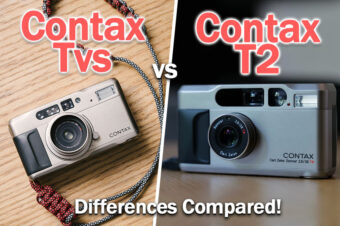

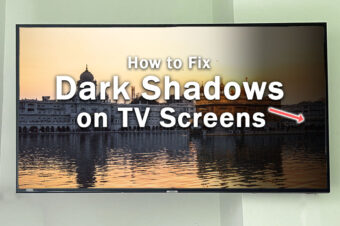

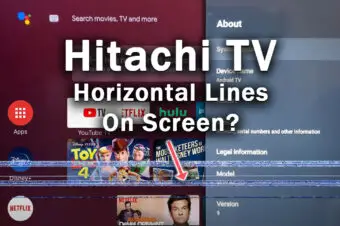
Leave a Reply